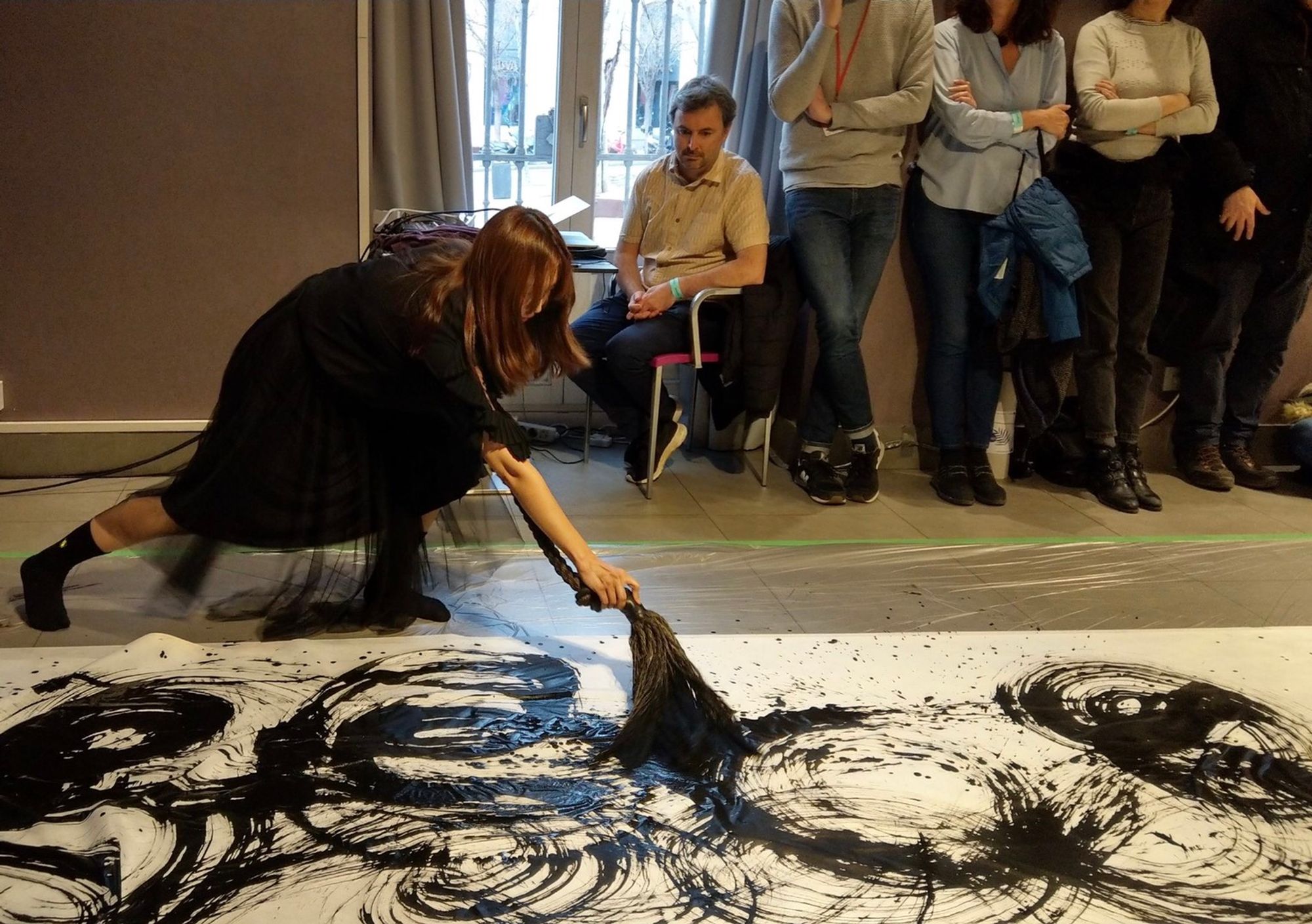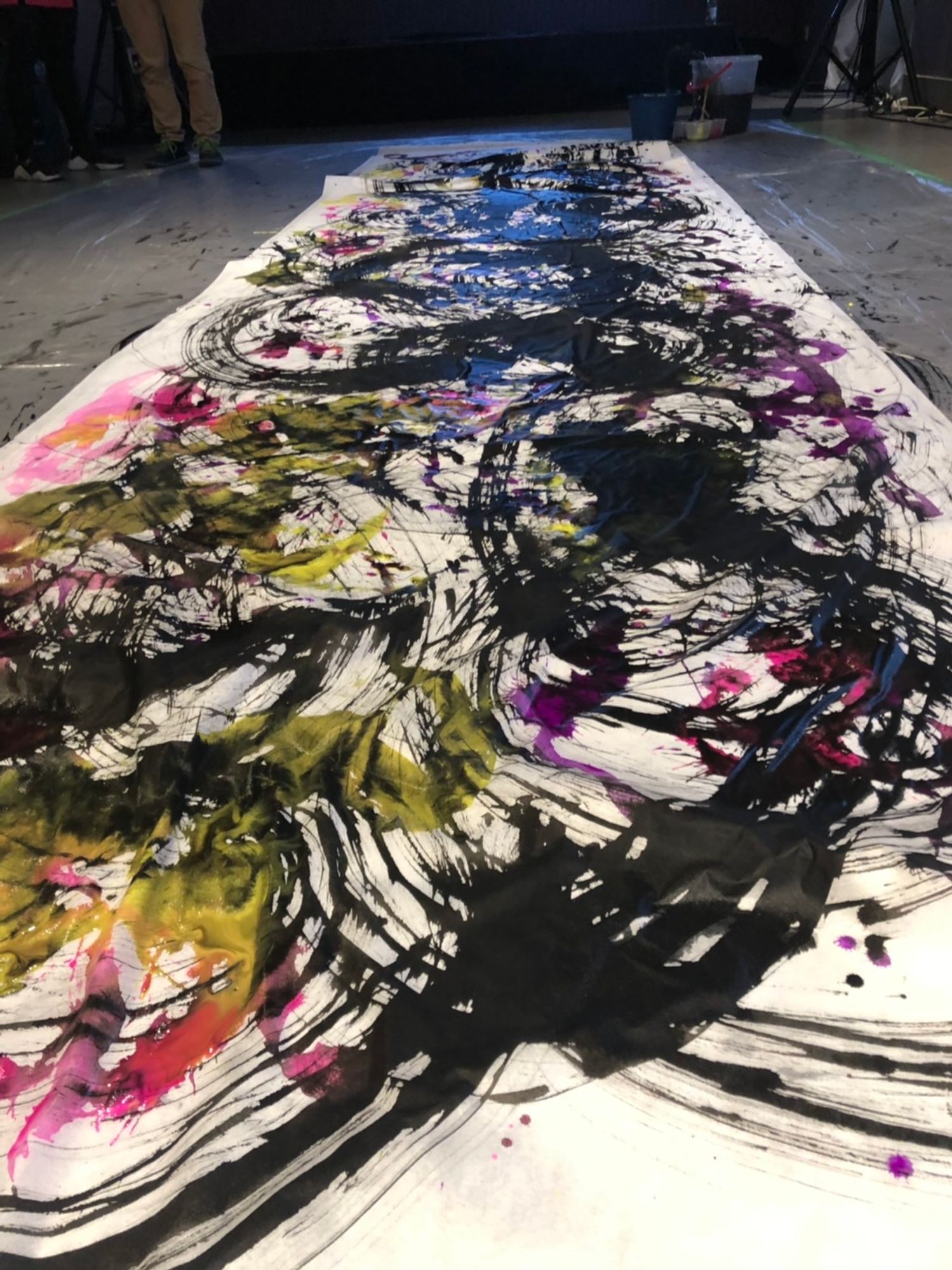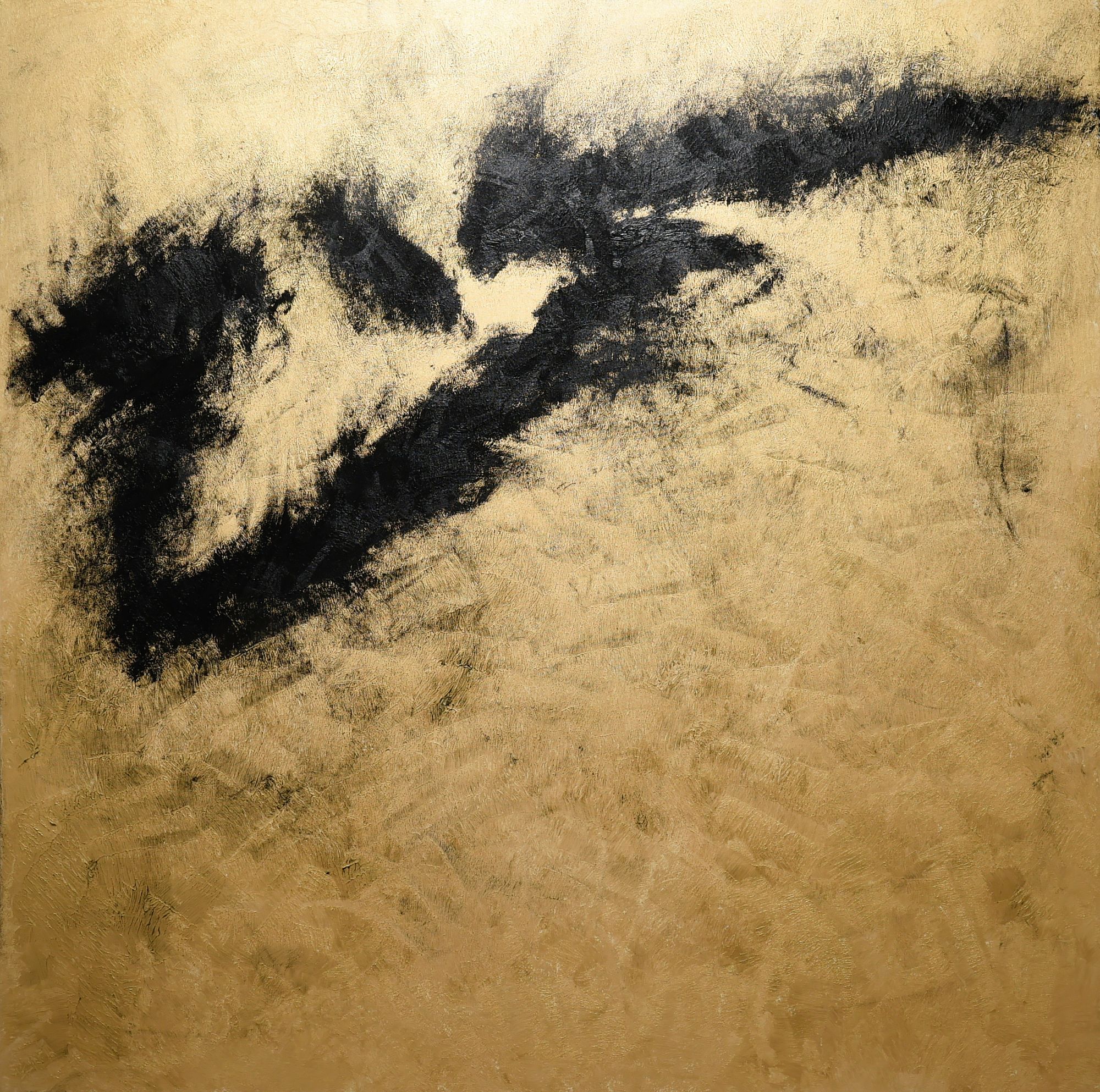The Vision of the Heart: The Spiritual Paintings of Chien-Hsin Lien, Ying-Chen Chiang and Julie Hsieh
Yu-zhang Li (PhD, Institute of Art Theory, Tainan University of the Arts)
Contemporary art provides diverse artistic approaches, and it’s the very practice and choice of media that become the subject of the contemporary creation. From traditional to contemporary, art has changed from the material that defines the art to the aesthetic concept that replaces this definition of art. More importantly, art critics must ask how does the transitional state between the new and old media produce these mixed contemporary practices? How do artists respond to contemporary cultural contexts within their paintings?
If the contemporary nature of art is to refer to the "media as the medium," then this key aesthetic creates a new concept that the author must give to the media. Yuan Ru Gallery uses Taiwan's contemporary realistic painting artists: Chien-Hsin Lien, Ying-Chen Chiang, and contemporary ink artist Julie Hsieh to jointly demonstrate the artistic and contemporary nature of art media. Thus, the concept of "media is the medium" can be derived from the cultural background of its creators. More importantly, the three artists separate the materiality of their medium with its non-material spiritual dimension; the paintings separate from their purely formal aesthetic expression to the spirituality that connects to the painting and reveals its inner propension for life. From this perspective, the Asian aesthetic focuses on the inner consciousness of creation and the potential created by its practical process.
The spiritual heart of Chien-Hsin Lien (1962) begins with the circumstances he portrays within his paintings, like the war theater. The weight of the objects in his scene constitute the somatosensory space; the depiction of the still life makes the image of time and the image of the portrait produce a perceptual observational line. The Taiwanese art critics describe his paintings as Magical Realism; however, the artist continues to develop his realistic imagination, thus establishing a realistic and conceptual representation within his realistic painting. From the Taiwanese phrase “Ǒu xì suí, shuí xì ǒu” (to follow the plot of a Taiwanese puppet play), the artist brings out the cultural meaning of the language's orthodox pronunciation and the mother tongue, which is filled with a nostalgic atmosphere. On the surface, Lien’s works, “Blonde Barbie's Love,” “Sensual Gaze”, “The Lamb Loves to be a Housekeeper”, “Call Me Number One,” and “Go On An Outing Together,” show the artist's antique collections organized through their inner meanings by way of still life paintings. But going deeper, through the natural view of still life, the artist turns the spirituality of his paintings through introspection as a way to view his own state of existence.
The heart of Ying-Chen Chiang (1994-) paintings start with the image of the deep sea as her main source of inspiration. This refers to the intricate structure the ocean’s living environment filled with mixed organisms and organic forms. The deep sea represents the state of the artist facing her fear. When the process of painting is introspective, the work becomes the medium for the artist to communicate with others. From the “Symbiotic World,” “Play Room,” to “The Destruction of Harmony - The Turmoil in Harmony,” you can perceive the unintentional appearance of her work. The characteristics of Mannerism, spirituality and introspection become creative meditations on her intentions. Ying-Chen Jiang uses the color ink media of Asian societies. Under her comparative techniques of Western art, her painting of meticulous lines has transformed the painting into a way to heal herself, making the intuitive work a mere gesture of painting, the vision of her imagination becoming like the meaning of the world.
Julie Hsieh's heart is the trace of her creative actions, which she uses to search for her cultural roots. Julie uses her body in action to show the Asian aesthetics of “Yi, unconventional naturalness” using ink as her medium of perception by showing the existence of the vast human historical imprint as viewed through the duration of her life. When her method is practiced, she opens the state of change between "moving" and "making"; between action and painting. Under this role, her ink becomes a medium that liberates the form of her materials from the action of her painting; and separates the relationship between contemporary abstract painting and ink from the that of form and spirit as seen in the traditional ink practice. The trend of ink in “Waltz and Wind Shadow” brings out the artist's throwing point, which opens her perception of time and space. “Dance Ink Forest” showcases the artist's creations in the Museum of Contemporary Art in Rome (MACRO), showcasing the artist's paintings on the scene through the flow of ink. Julie Hsieh, through the creation of contemporary ink painting, combines the flow of consciousness with the rhythm of her body, transforming the ink from that of a painting medium into that of a musical medium captured by the painting. When she uses ink as her aesthetic concept, through the posture of her music, painting, and body, she allows the vision in her mind to emerge, and share the beauty she sees in the world.















